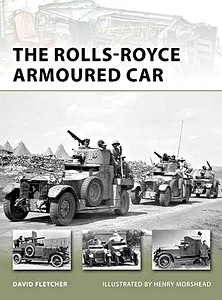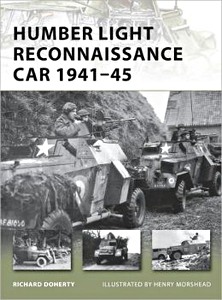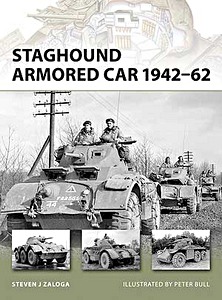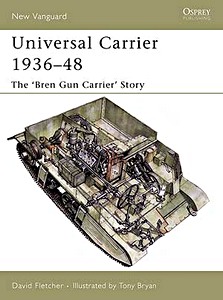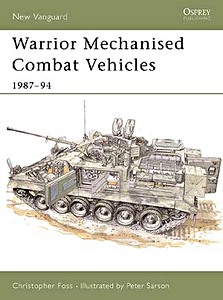The Rolls-Royce Armoured Car (Osprey)
El primer vehículo blindado Rolls-Royce fue un automóvil privado modificado con una ametralladora y un blindaje limitado, utilizado por el Royal Naval Air Service en Flandes en 1914. Para 1915, se habían fabricado casi 100 unidades y entregado al ejército.
Estos vehículos fueron desplegados en todo el mundo, incluyendo la India, Oriente Medio y el sur de África. Eran rápidos, silenciosos, fiables y potentes. Lawrence de Arabia comentó: «Un Rolls en el desierto vale más que rubíes.»
Después de la Primera Guerra Mundial, el Ministerio de Guerra continuó la producción y mejoró el diseño. Estos vehículos siguieron en servicio en todo el Imperio Británico, incluyendo Irlanda y más tarde Shanghái, y tuvieron una breve reaparición en las primeras etapas de la Segunda Guerra Mundial.
Este libro cuenta la historia completa del vehículo blindado Rolls-Royce, desde su diseño y desarrollo hasta su uso en los conflictos del siglo XX.
Detalles del libro
| Autor: | David Fletcher |
|---|---|
| Presentación: | 48 páginas, 24.5 x 18.5 x 0.3 cm, tapa blanda |
| Ilustración: | abundantemente ilustrado con fotos y dibujos (en b/n y color) |
| Editor: | Osprey Publishing (GB, 2012) |
| Serie: | New Vanguard (189) |
| ISBN: | 9781849085809 |

